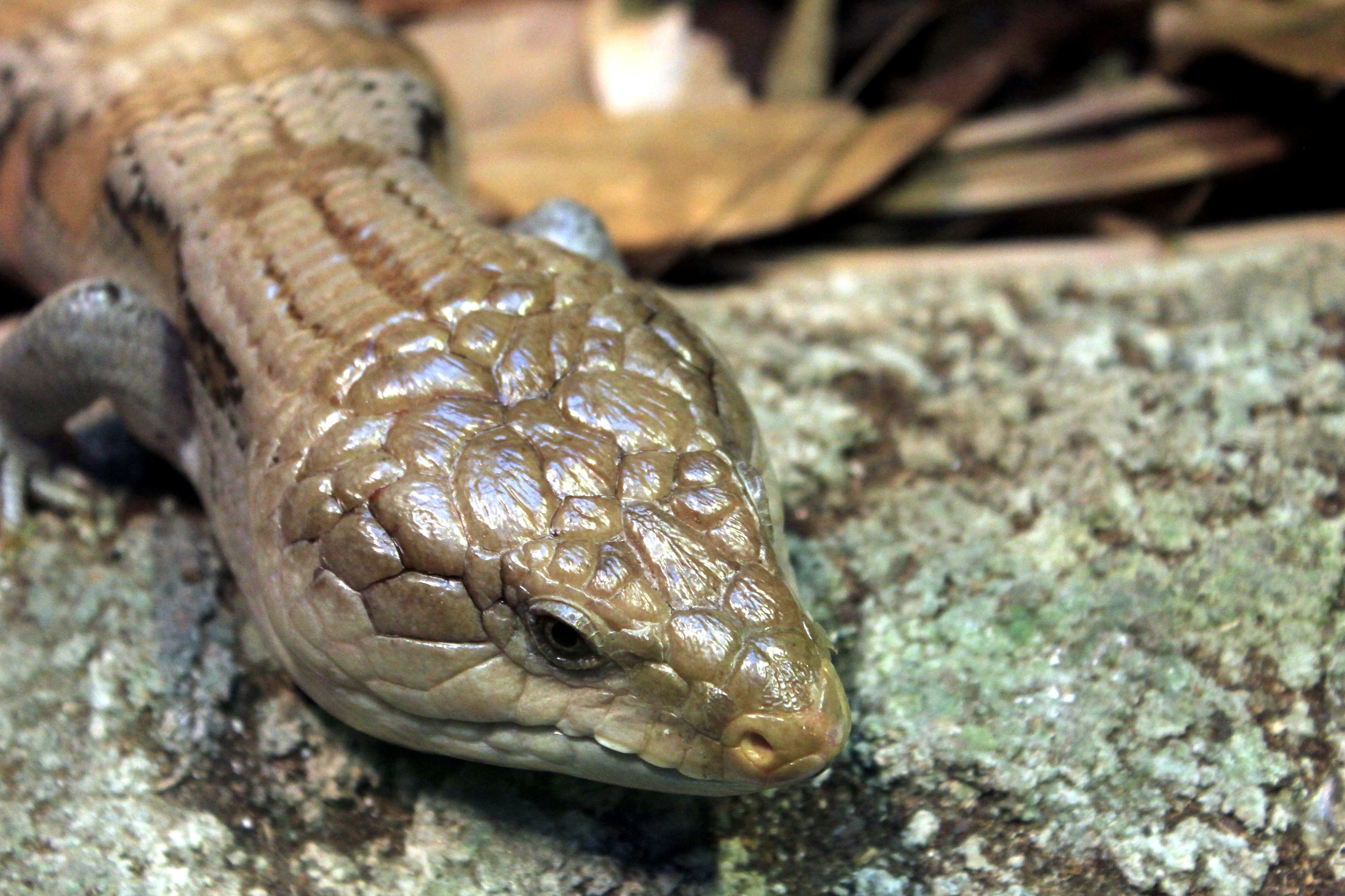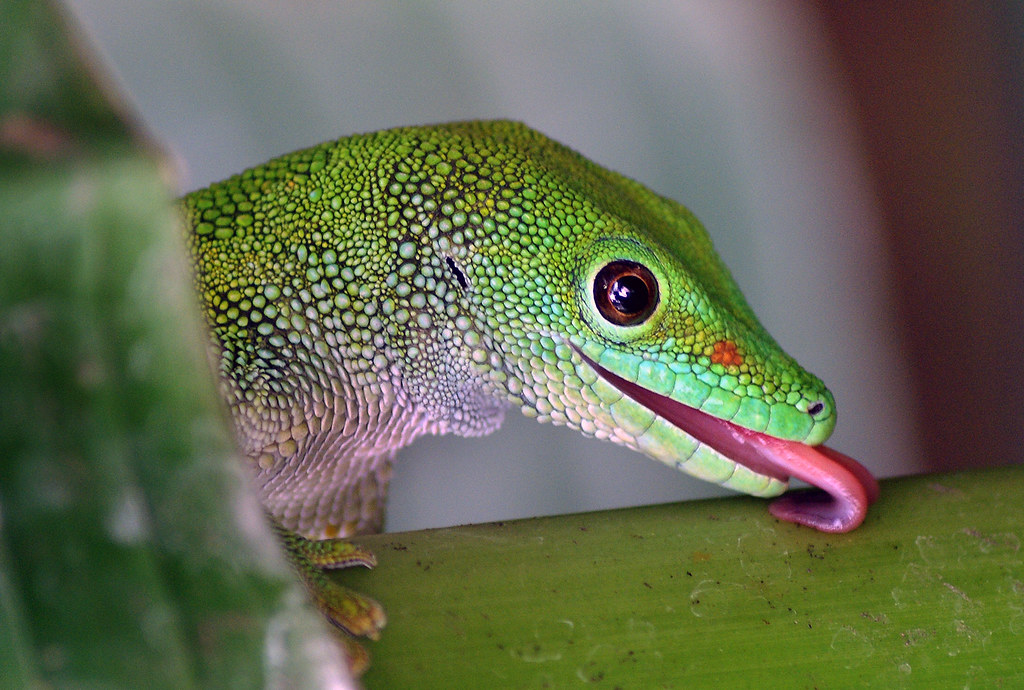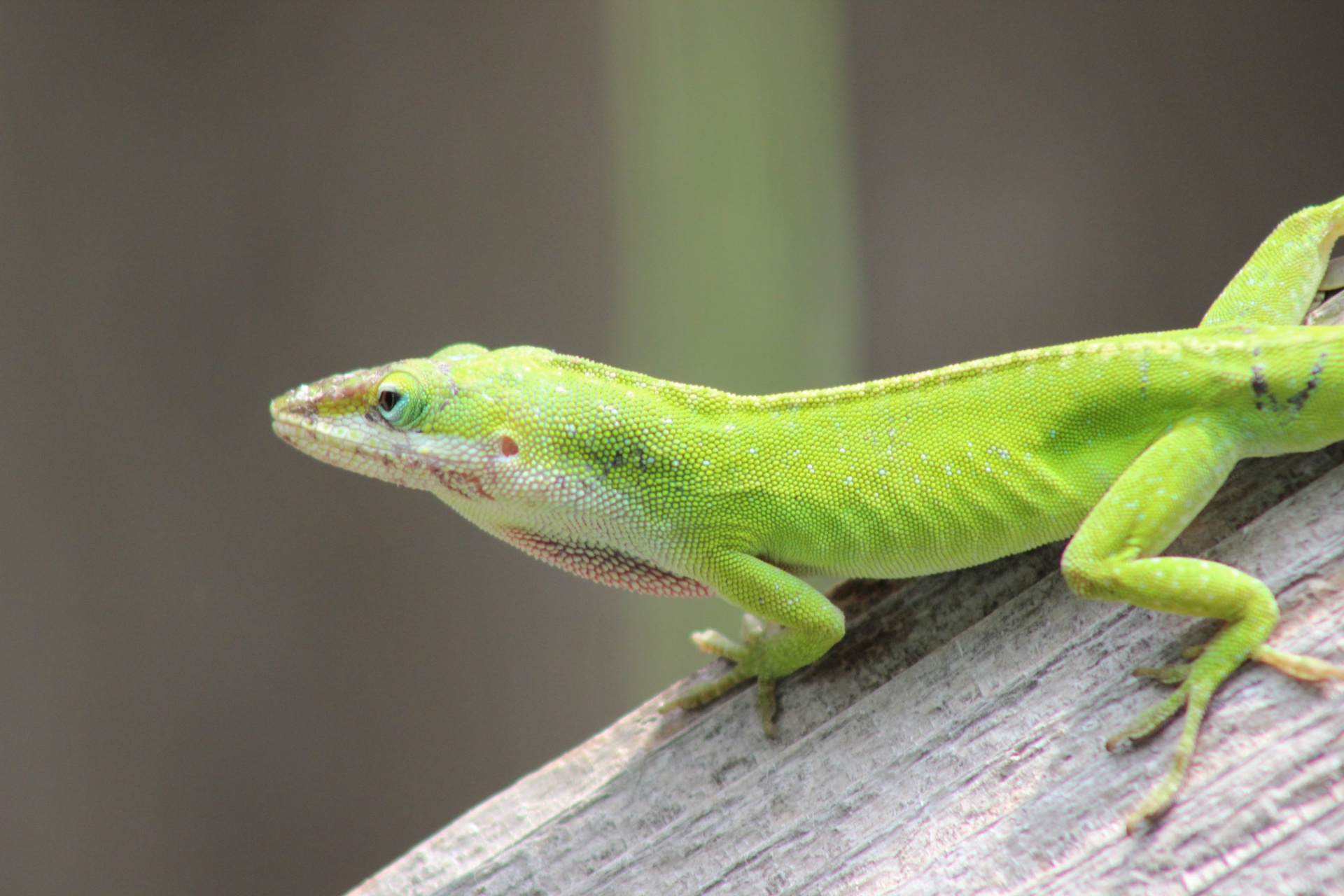
Blue Tongue Skink Care: A Comprehensive Guide for Lizard Enthusiasts
Are you a lizard enthusiast looking to add a unique and fascinating reptile to your collection? Look no further than the Blue Tongue Skink! In this comprehensive guide, we’ll walk you through everything you need to know about Blue Tongue Skink care. From their habitat and diet to handling tips and common health concerns, we’ve got you covered.
Habitat Setup
Creating a suitable habitat for your Blue Tongue Skink is crucial to their overall health and well-being. Here’s what you’ll need:
Enclosure
Blue Tongue Skinks require an enclosure that mimics their natural habitat. A glass terrarium with dimensions of at least 36x18x18 inches is recommended. Ensure proper ventilation and a secure lid to prevent escape.
Substrate
Use a substrate that allows burrowing, such as cypress mulch or coconut coir. This will provide a comfortable environment for your skink to dig and hide.
Temperature and Lighting
Maintaining the correct temperature gradient is essential for your Blue Tongue Skink’s thermoregulation. Provide a basking spot with a temperature of 90-95°F and a cooler side of around 75°F. Use a combination of heat lamps, ceramic heaters, and thermostats to achieve the ideal temperature.
Full-spectrum UVB lighting is crucial for your skink’s calcium metabolism, which aids in bone growth and prevents metabolic bone disease.
Decor and Hiding Spots
Include various hiding spots, rocks, logs, and plants to create a stimulating and enriching environment for your skink. These will serve as hiding places and allow for natural behaviors.
Feeding and Diet
Blue Tongue Skinks are omnivorous, meaning they eat a combination of plant matter and animal protein. Their diet should consist of the following:
Vegetables and Fruits
Offer a variety of vegetables and fruits to ensure a balanced diet. Some suitable options include leafy greens, squash, berries, and melons. Avoid toxic foods like onions, garlic, and avocado.
Protein
Insects, snails, eggs, and canned dog or cat food can be offered as a source of animal protein. Avoid feeding live insects that may carry parasites or diseases. Ensure the protein component of their diet is around 40% while the rest consists of vegetables and fruits.
Supplements
To ensure proper nutrition, dust the skink’s food with calcium and vitamin D3 supplements regularly. Consult a reptile veterinarian for recommended dosage and frequency.
Handling and Enrichment
Blue Tongue Skinks can become tame with regular, gentle handling. Here are some tips for safe and enjoyable interactions:
-
Always wash your hands before and after handling your skink to prevent the spread of bacteria.
-
Approach your skink slowly and avoid sudden movements that may startle them.
-
Support their body by placing one hand under their belly and the other supporting their tail.
-
Provide regular mental and physical stimulation through environmental enrichment, such as hiding food or introducing new elements to their enclosure.
Common Health Concerns
Blue Tongue Skinks are generally hardy reptiles, but it’s important to be aware of potential health issues. Look out for signs of respiratory infections, mouth rot, and parasites. If you notice any unusual behavior or symptoms, consult a reptile veterinarian immediately.
Conclusion
Blue Tongue Skink care requires careful attention to their habitat, diet, handling techniques, and potential health concerns. By providing a suitable environment and meeting their specific needs, you can ensure a happy and healthy life for your Blue Tongue Skink. Always remember, responsible and knowledgeable care is key in having a well-adjusted and thriving reptile companion.
Are you ready to embark on a rewarding journey with a Blue Tongue Skink? Contact us today to learn more about these amazing reptiles and how to bring one home!
Keep Reading

House Gecko Care: The Complete Guide to Keeping Your Lizard Happy and Healthy
Are you considering getting a house gecko as a pet? These fascinating creatures make great companions, but before bringing one home, it's essential to understand their unique needs and provide proper care.

Anole Care Sheet: Essential Tips for Keeping Your Lizard Healthy
Are you considering getting an anole lizard as a pet? This comprehensive care sheet will guide you through the essentials of providing your anole with a happy and healthy life.